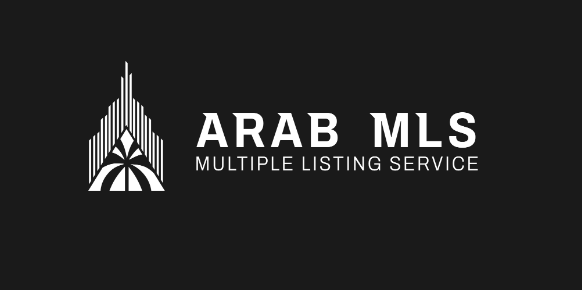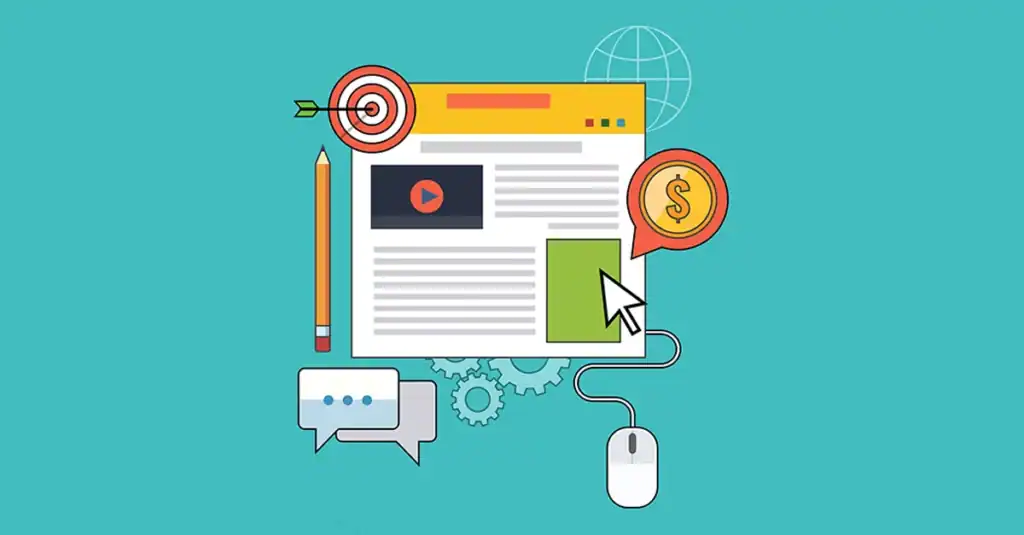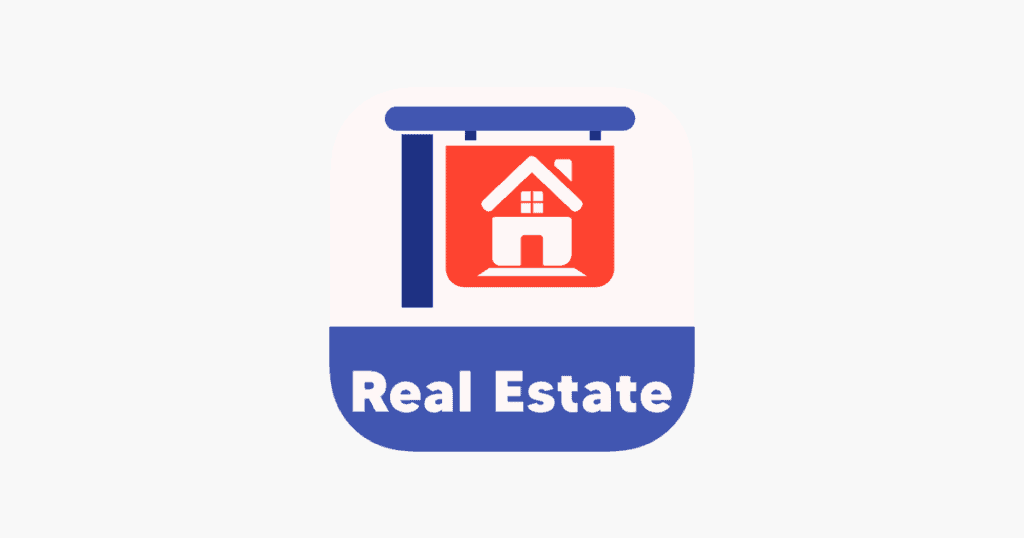In today’s fast-paced real estate landscape, data accuracy and timeliness are critical for success. Buyers expect instant updates, agents demand efficiency, and technology providers aim to deliver cutting-edge solutions. At the center of this digital evolution is the Multiple Listing Service (MLS) — a powerful database that enables real estate professionals to share property information. To meet the growing demand for real-time updates, many MLS platforms are adopting webhooks for efficient and instant data delivery.
This article explores how MLS webhooks enable real-time data push, their benefits, architecture, and considerations for implementation.
What Are MLS Webhooks?
Webhooks are user-defined HTTP callbacks that send real-time data from one system to another when specific events occur. Instead of polling an API at regular intervals to check for updates (which can be resource-intensive and slow), webhooks push updates as soon as changes happen.
In the context of MLS systems, webhooks notify subscribed clients when specific events occur—such as a new listing being added, a price change, or a property status update (e.g., from “Active” to “Sold”).
How MLS Webhooks Work
Here’s a high-level flow of how MLS webhooks operate:
-
Subscription: A client (e.g., a real estate website or CRM) subscribes to an MLS webhook endpoint, specifying the types of events it wants to be notified about.
-
Trigger: When an event occurs—such as a listing being added, modified, or deleted—the MLS system generates a webhook event.
-
Delivery: The webhook sends an HTTP POST request with the event payload (e.g., property ID, change type, timestamp) to the client’s designated callback URL.
-
Processing: The client system processes the data and updates its database or user interface in near real-time.
Key Use Cases for MLS Webhooks
-
Instant Listing Updates: Automatically notify users when new listings match their saved searches.
-
Price Alerts: Push notifications when the price of a watched property changes.
-
Status Changes: Alert agents or buyers when properties go under contract or sell.
-
CRM Sync: Real-time synchronization between MLS data and customer relationship management systems.
-
Marketing Automation: Trigger campaigns based on live listing data, such as new listings or open house schedules.
Advantages of Using MLS Webhooks
Real-Time Data
Webhooks deliver immediate updates, eliminating the latency associated with periodic API polling. This keeps property data fresh and accurate.
Efficiency and Scalability
Polling APIs can be costly and inefficient, especially at scale. Webhooks reduce API calls and server load, improving performance and saving resources.
Better User Experience
Real-time updates enhance the user experience for buyers and agents by keeping interfaces current without delays.
Automation
Webhooks enable automated workflows, such as sending alerts, updating dashboards, or triggering backend processes based on live data.
Architecture of an MLS Webhook System
An effective MLS webhook system typically includes:
-
Event Listener: Monitors listing database changes and emits events.
-
Webhook Dispatcher: Queues and dispatches events to subscribed endpoints.
-
Subscription Manager: Allows clients to register, manage, and unsubscribe from events.
-
Security Layer: Verifies authenticity and secures data transmission (e.g., using HMAC signatures or OAuth).
-
Retry Mechanism: Handles delivery failures with retry logic and error logging.
Best Practices for Implementing MLS Webhooks
Secure Your Webhooks
Include a secret key to sign the payload and verify it on the client side. Use HTTPS to encrypt the data in transit.
Implement Retry Logic
Ensure the MLS system retries webhook delivery in case of temporary failures (e.g., network errors or 5xx responses).
Log Everything
Track successful and failed webhook deliveries. This helps with debugging and ensures system reliability.
Use Event Filtering
Allow clients to subscribe only to relevant event types (e.g., only residential listings or changes within a certain region).
5. Limit Payload Size
Send only essential data in the webhook and allow the client to fetch detailed data if needed.
6. Rate Limiting and Throttling
Prevent overloading client systems by implementing reasonable limits and backoff strategies during high-volume periods.
Challenges and Considerations
Data Consistency
Webhooks provide changes, not full datasets. Clients must ensure proper synchronization and recovery mechanisms in case of missed updates.
Delivery Reliability
Even with retries, there’s always a chance of missed events. A fallback polling strategy or periodic reconciliation can mitigate this.
Privacy and Compliance
MLS data often includes sensitive information. Ensure webhooks are compliant with data-sharing agreements and local regulations.
Client Readiness
Receiving systems must be capable of handling incoming webhook requests efficiently and securely.
Real-World Adoption: RESO and MLS Providers
The Real Estate Standards Organization (RESO) is driving the adoption of standardized webhooks through its RESO Web API and Push Notifications Workgroup. Several MLSs and vendors are piloting or supporting webhook implementations to enable real-time listing feeds and improve interoperability.
Leading platforms like Bridge Interactive, CoreLogic Trestle, and Flexmls are exploring or offering webhook capabilities as part of their API toolkits, enabling brokers, portals, and tech providers to build more dynamic and responsive applications.
Conclusion
MLS webhooks are transforming the way real estate data is distributed, making it faster, more reliable, and better suited for modern applications. By enabling real-time data push, webhooks reduce infrastructure load, enhance the user experience, and empower developers to create smarter, more responsive tools.
As more MLS providers adopt standardized webhook solutions, the industry moves closer to a future where real-time data isn’t just a competitive advantage—it’s the norm.
Frequently Asked Questions
What types of events can MLS webhooks notify clients about?
MLS webhooks can be configured to notify clients of various listing-related events, such as:
-
New Listing Created – A new property is added to the MLS.
-
Listing Updated – Information like price, description, or photos is modified.
-
Status Changed – The listing status changes (e.g., from Active to Pending or Sold).
-
Listing Deleted – The property is removed from the MLS.
-
Open House Scheduled/Changed – Changes to scheduled open house dates/times.
-
Media Updated – New images or videos are added/removed.
These event types allow clients to maintain up-to-date databases and deliver instant user alerts.
How do you ensure security when implementing MLS webhooks?
Securing webhooks is crucial to prevent spoofing, data leakage, or unauthorized access. Here are best practices:
-
Use HTTPS: Always transmit webhook payloads over HTTPS to encrypt data in transit.
-
Signature Verification: The MLS can include a signature (e.g., HMAC SHA256) in the request headers. The receiving client uses a shared secret to verify the authenticity of the payload.
-
IP Whitelisting: Accept webhook calls only from known IP addresses or IP ranges used by the MLS.
-
Token-Based Authorization: Include a bearer token or API key in the header for authentication.
-
Input Validation & Rate Limiting: Validate incoming data and limit request rates to prevent abuse or denial-of-service attacks.
What happens if a webhook delivery fails? How is reliability ensured?
If a webhook fails (e.g., due to a network issue or 5xx error), the MLS system should:
-
Retry Automatically: Most webhook systems implement an exponential backoff retry strategy (e.g., retry after 1 min, 5 mins, 15 mins).
-
Log Failures: Each delivery attempt (success or failure) should be logged with timestamps and status codes.
-
Dead Letter Queue: Some systems use a “dead letter queue” to store undeliverable events for manual inspection or replay.
-
Monitoring & Alerts: Webhook consumers should set up monitoring to catch issues like high error rates, response delays, or dropped connections.
Fallback mechanisms like periodic reconciliation or polling can ensure data consistency in case of missed webhooks.
How can a client subscribe to MLS webhook events?
Webhook subscription typically involves:
-
Authentication: The client authenticates with the MLS API using an API key or OAuth credentials.
-
Registering Callback URL: The client specifies a publicly accessible HTTPS endpoint that can receive POST requests.
-
Defining Event Filters: Clients may choose which events to subscribe to (e.g., only price updates or residential listings).
-
Verification: The MLS may send a test POST to the callback URL to verify ownership and response format.
-
Subscription Management: APIs or portals may allow listing, updating, or deleting webhook subscriptions.
Some MLS platforms provide a user interface (e.g., through RESO-compliant APIs) to manage these subscriptions.













